Reincarnation Stories
By Kim Deitch
Fantagraphics Books
One of Kim Deitch’s great talents is creating such a blurry line between reality and fiction, and then wrapping that blurry line tightly around his stories, that it becomes impossible to suss out which is which unless you take some time to do the research. For instance, in his recent graphic novel Reincarnation Stories, there are many parts in the book that involve something called the Plot Robot. The Plot Robot is a machine that writers use to help jumpstart their stories — an automated system for creativity.
Obviously the Plot Robot is a fictional creation of Deitch’s that he mixes in with the actual history he uses. Except, no, I’m wrong, it’s a real thing.
It was created by silent film writer Wycliffe A. Hill in 1931, though its precursor was his 1919 book titled Ten Million Photoplay Plots, Master Key to All Dramatic Plots that featured Hill offering choose-your-own guidelines for scripting films. The Plot Robot, though, was a real machine which, according to the February 1931 issue of Popular Science, could “produce a complete outline of a fiction story in 20 minutes… it selects background characters and dramatic situations from a series of tapes.”
Given this revelation, not only did I find myself doubting every doubt I previously had about the possibility of so many aspects of Reincarnation Stories being real, I was also perfectly ready to believe Deitch’s claim in his that late cartoonist Jay Lynch’s final wish was to have a “coin-operated version of the Magic 8 ball erected near his final resting place” called “Ask Jay!” where visitors ask Jay a question and through the contraption, he answers from beyond the grave. I see no proof that this is true, but I believed it enough to do a bit of searching to check.
In a lot of ways, this is the very essence of what Reincarnation Stories is about. So much of Deitch’s work pulls from a personal mythology that brings real-life historical figures — typically from the show biz world of the first half of the 20th Century — into convoluted conspiracy narratives that reveal secret histories that are so impossible there’s no way they could’ve happened anywhere but Deitch’s head, except I told you what happened with the Plot Robot, so maybe think again.
Reincarnation Stories begins with a strange encounter young Kim Deitch had with an old man who excitedly mistakes him for someone named Sid Pinkus before Deitch’s mother drags him away. Deitch eventually realizes it was D.W. Griffith, who, coincidentally or not-so-coincidentally, was professionally linked with Wycliffe A. Hill, Plot Robot inventor. It’s also worth mentioning that as a kid Deitch had a cat named Pinkus. Why in the world would a little kid name their cat Pinkus?
Other coincidences or not-such-coincidences pile up. In front of the dioramas in the Museum of Natural History, Deitch is approached by a man who is familiar with the monkeys featured in the diorama — as is Deitch, much to his own surprise, soon realizing that he had met the man before in 1952 on a second-grade class trip to the museum where young Kim Deitch hears a fantastic tale of savagery, madness, and betrayal. Oh, and Wycliffe A. Hill is on Deitch’s paper route.
Chance encounters with unusual characters is a recurring motif in Reincarnation Stories, and each one either gives more information to help solve the labyrinthine mystery that Deitch is laying out or serves to confuse any smooth understanding of the metaphysical free-for-all that Deitch is transcribing. And any of these encounters include multiple layers of historical facts that often mean stories within stories — or realities within realities, if you prefer — that replicates the confusion of human memory, a mix of fact and fiction that you take for granted. In Deitch’s hands, this manifests in narrative side trips through unproduced cowboy films and crazy jungle adventures and the secret story of Jesus as related through a superhero comic by Deitch that he claims to have produced under an assumed name, anecdotes about his roommate days with underground cartoonist Spain Rodriguez, a piano-playing cat, and a trip to the future. And it all fits together.
And that is really what Deitch’s work is so often about — the twilight land where memory exists, where things that really happen are reshaped over time through a mix of accentuating certain parts, letting other parts fade away, doing nothing as different memories crossbreed with each other and as the clutter of knowledge redefines the parts that remain and replace the parts that have gone. You end up with an impossible to define meta-fictional non-fiction in your brain. Everyone does. What sets in my brain or your brain about events 40 years ago might not look as inventive as what Deitch puts down on paper, but it’s definitely the same animal.
Reincarnation Stories takes the ultimate truth about the universe and suggests that there’s no way we could possibly understand it. It’s far too intricate. We are just pinballs in a great big machine. Or maybe we’re just bits and pieces contained on tapes in a giant Plot Robot that churns out the story of reality. Whatever the truth, you won’t find anyone else like Deitch doing comics. between the mastery of his illustrative craft and the complicated details of his art matching the complicated details of his stories, and accentuated by historical tidbits of a world long lost that few are preoccupied with here in the 21st Century. Deitch’s work is a celebration of the idea that just because a culture ignores the detritus of yesterday, it doesn’t go away, and the electricity of its mystery only becomes more of a jolt in the right creative hands.
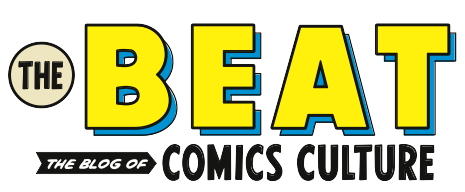
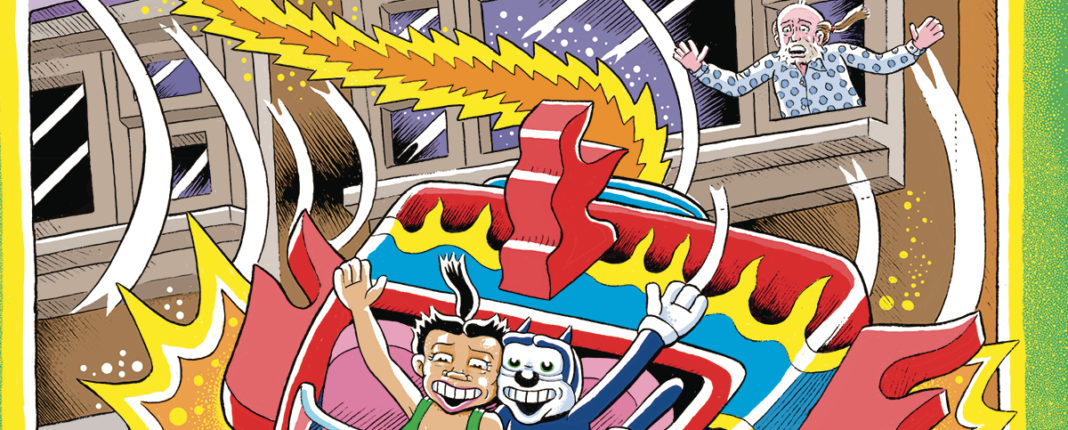
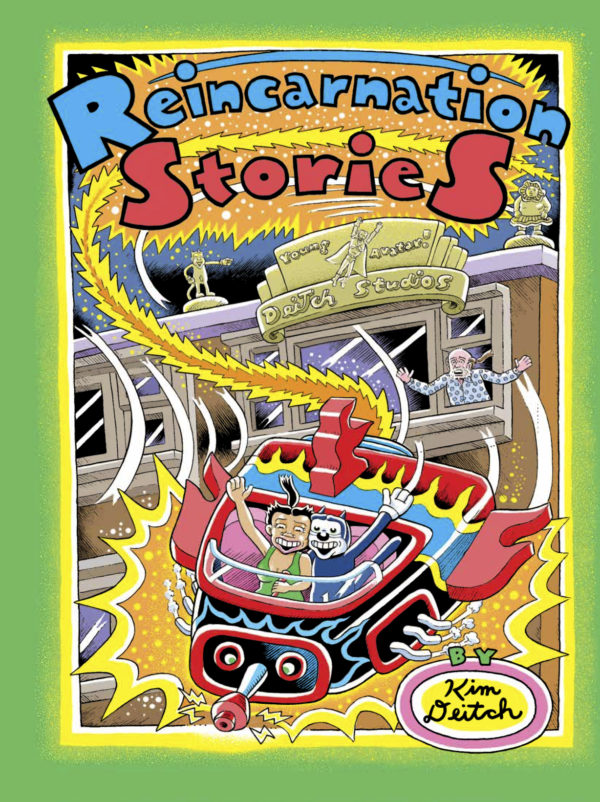
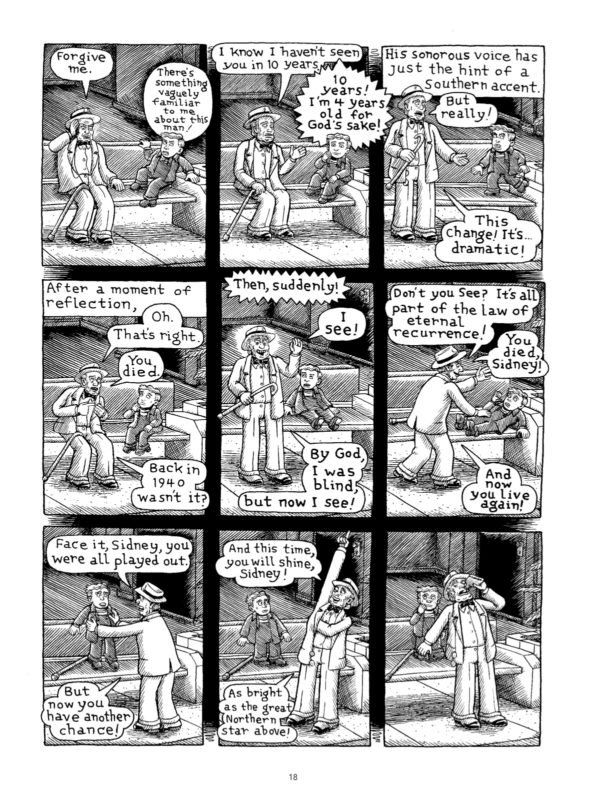
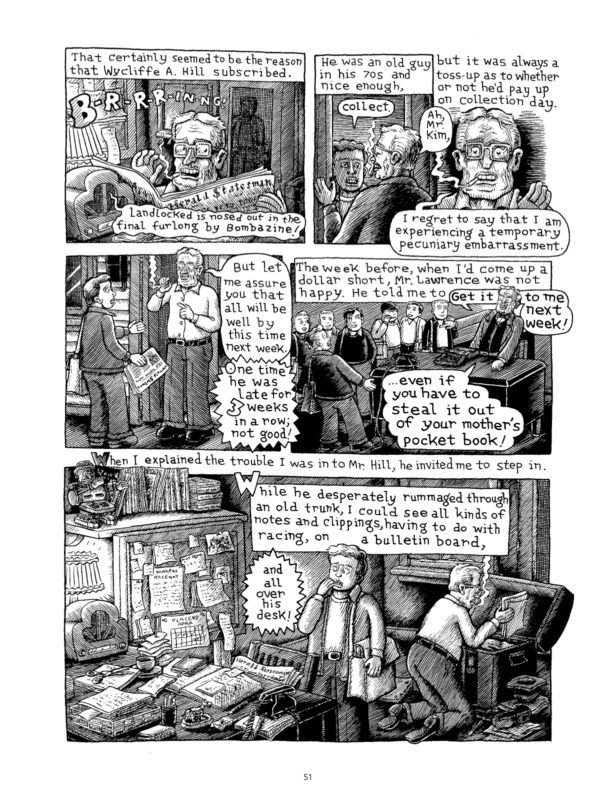

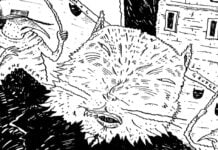

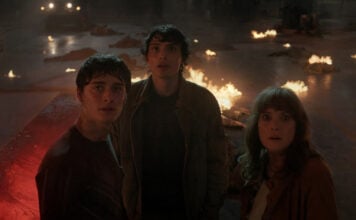




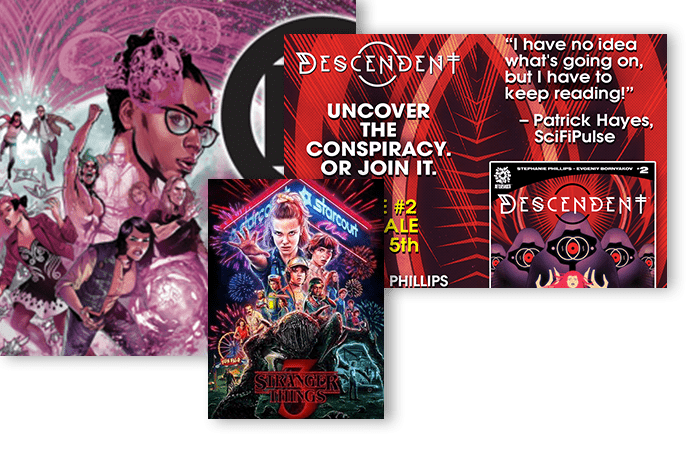
John. I enjoyed the review Thanks! The info about Jay’s last wish concerning the Magic 8ball is quite true. I read it in an interview Gary Groth did with Jay in his final days. I guess you might say it was Jay’s last gag.
Comments are closed.